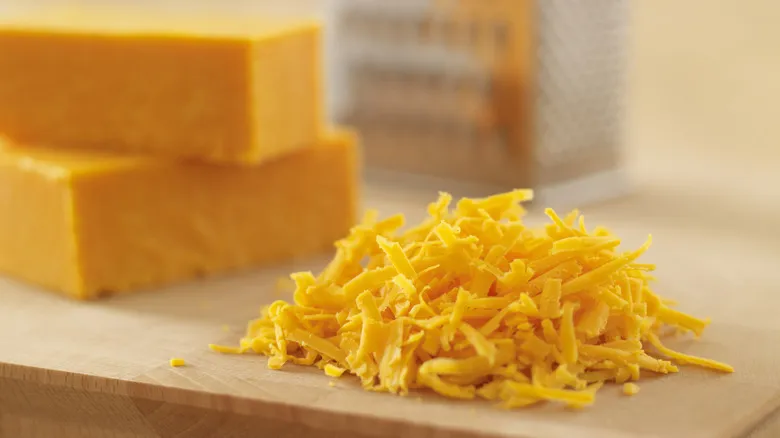Cheddar-making in the U.S. dates back centuries
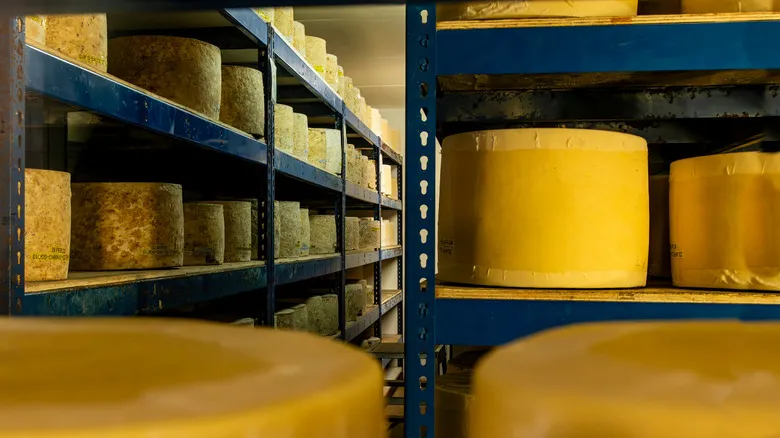
Cheddar boasts several characteristics that contribute to its widespread appeal. Made through the distinctive cheddaring process, this cheese transforms milk proteins into a form that is less susceptible to spoilage. The aging process reduces moisture content while intensifying the flavor. Particularly before the advent of refrigeration, this method allowed for a tasty yet shelf-stable cheese. Encased in a rind and additional protective layer, these features laid the groundwork for cheddar production in 19th-century America. European immigrants introduced cheese-making techniques and settled in the region, thereby establishing dairy farming. New varieties of cheddar emerged, with large-scale industrial production taking off by the late 1800s.
Today, cheddar produced in the U.S. is subject to federal regulations. The cheese must adhere to a strict ingredient list, contain a specific amount of milk fat that is half the weight of the solids, maintain a minimum moisture level, and follow curing guidelines if unpasteurized, according to the FDA. Initially, cheddar's orange hue came from the milk itself, but nowadays, cheesemakers use annatto spice to achieve the color—coloring additives are permitted in cheddar. Production has expanded across the country and has become integrated into American cuisine, leading to iconic pairings like apple pie and cheddar cheese. It’s a quintessential American success story, which is why cheddar can be found on shelves nationwide.
Recommended
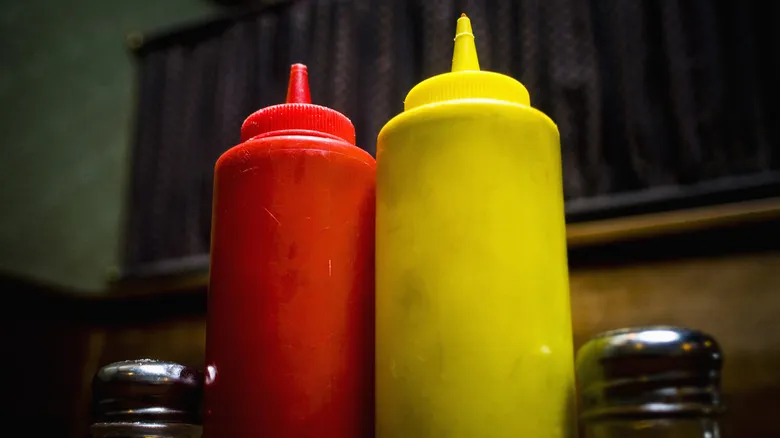
How Ketchup And Mustard Became A Popular Pair

What Breakfast Looked Like A Century Ago In America
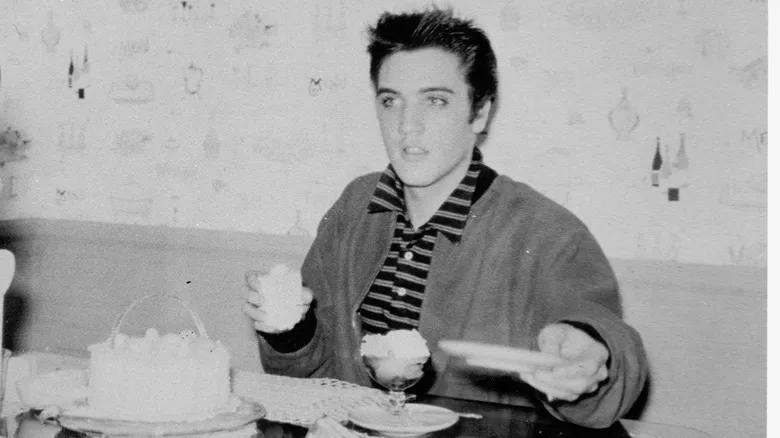
Elvis Presley's Last Meal Was A Combination Of Sweet Treats
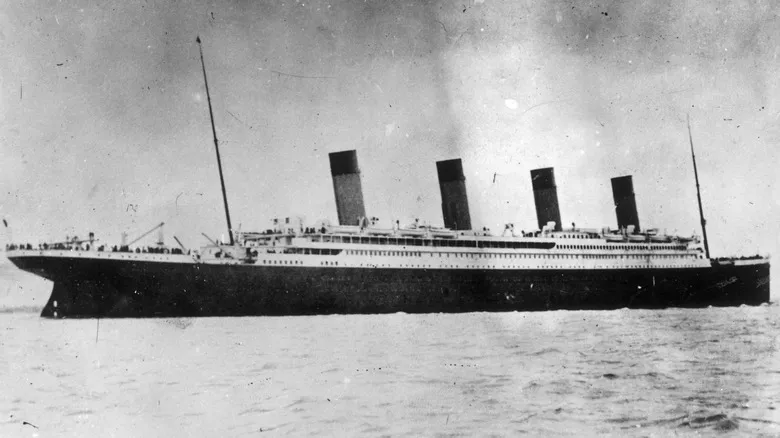
What Was The Final Meal Served On The Titanic?
Next up

